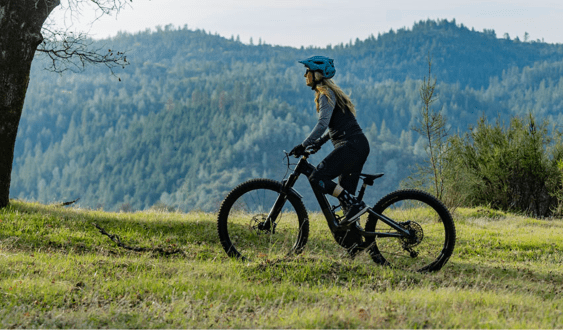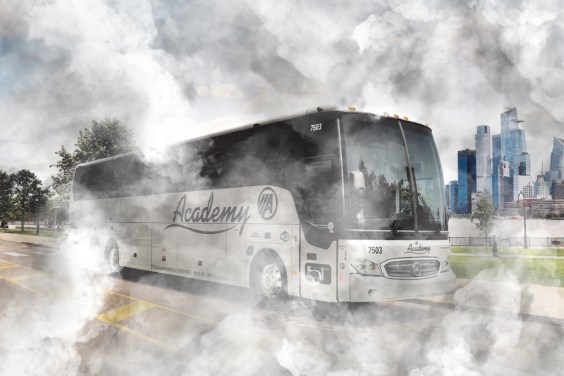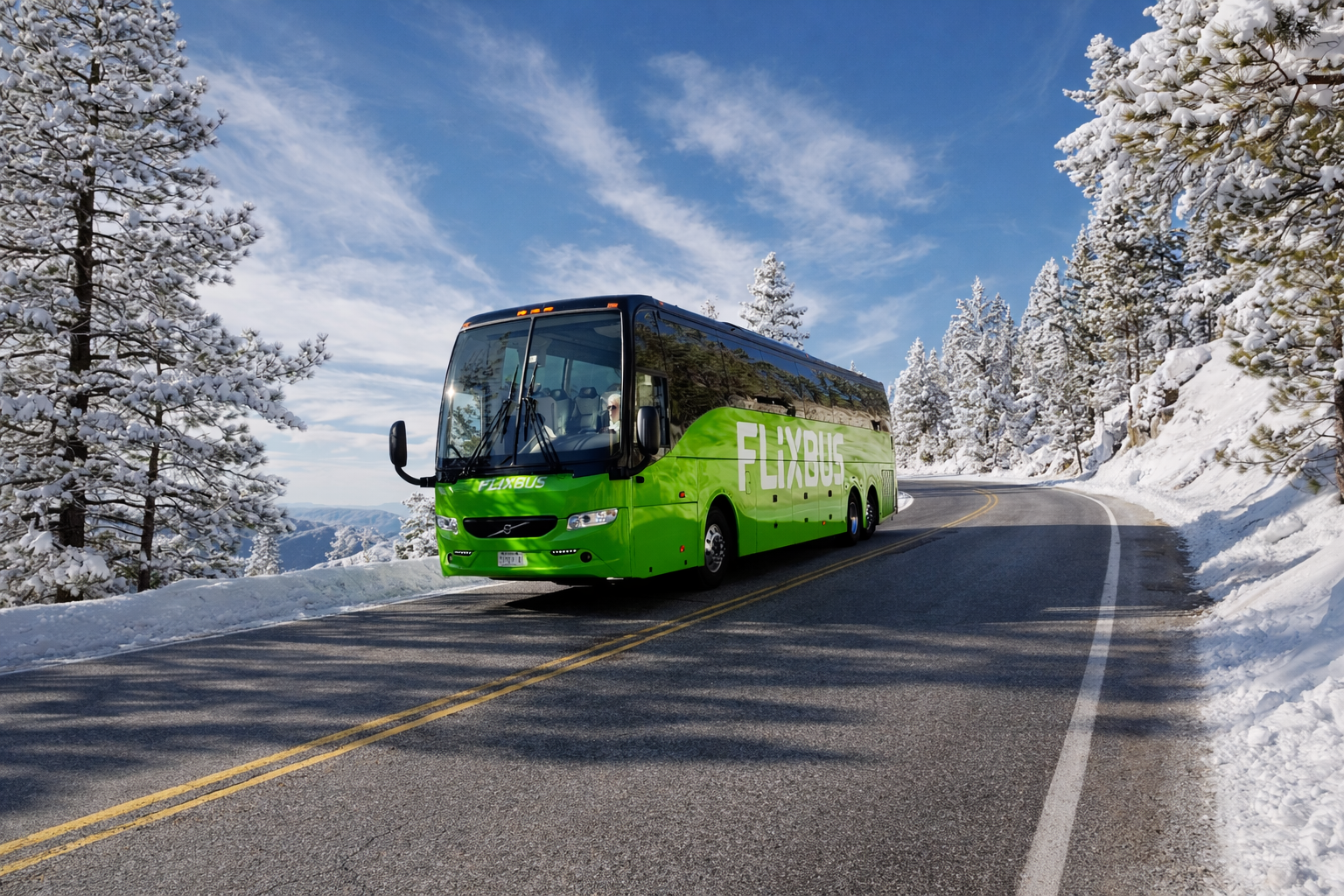
There are precious few places in the Minneapolis region where you can escape the whir of speeding cars. Map: Adam Froehlig at Streets.mn
Bill Lindeke at Network blog Twin City Sidewalks says he grew up in a rather bucolic setting. Even so, he wasn’t able to escape the constant whir of speeding cars. The old farmhouse on a half-acre lot where he grew up is just three-quarters of a mile from Interstate 35E. And in that way, he was like almost everyone else in the Twin Cities, he points out:
It made me realize that freeways are surprisingly close to most houses. It’s increasingly difficult to find anywhere within the 494-694 ring of the Twin Cities where you can’t hear the high pitched whir of tires all hours of the day and night… Cars are a backdrop to every outdoor conversation, every rustle of leaves, and every birdsong day in and day out forever.
The other day at streets.mn, Adam Froehlig made a map that answered one of the questions that’s been nagging at my earlobe for years: Where are the respites from the whir? Is there anywhere in Minneapolis or Saint Paul where you can escape the sound of tires, if even for a brief moment in the middle of the night?
While it’s not perfect, Alex’s map [above] does point to a few small places where freeways might be at least a mile off.
There are precious few of these freeway-free pockets in Minneapolis: a pie slice of Northeast Minneapolis, a halo surrounding Lakes Harriet and (Haystacks) Calhoun, a few tiny pieces of South, and a peripheral edge of North Minneapolis. Is there a silent way that these neighborhoods help with delicate sanity?
Elsewhere on the Network today: Forward Lookout warns that a proposed constitutional amendment in Wisconsin could exacerbate the state DOT’s roads-only approach. TriTag says that despite what some opponents are saying, canceling light rail plans in Waterloo won’t actually save taxpayers any money. And the State Smart Transportation Institute points to a new study demonstrating the impact of the federal Safe Routes to School Program on travel habits.





